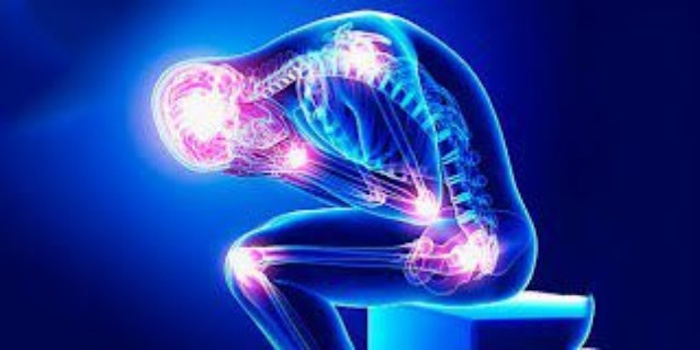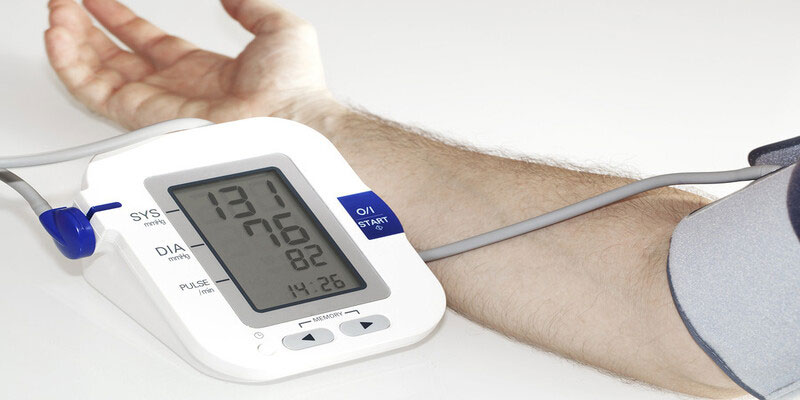What Exactly Is Chronic Pain?
A discomfort that lasts for more than three months, or in many situations, beyond the time it would typically take for the body to cure itself, is referred to as chronic or persistent pain. It is not the same as acute pain, which comes on suddenly and often does not continue for a very long time, such as the pain following an accident. Chronic pain is a complicated disorder, and its manifestations can vary significantly from person to person. The discomfort can range from hardly noticeable to debilitating and can be felt daily.
Chronic Pain: Why?
There are several subtypes of chronic pain, the most common of which are nerve pain, the pain brought on by conditions affecting the bones, muscles, or joints, and cancer-related pain.
Chronic pain can be brought on by various disorders, including migraines, osteoporosis, arthritis, and other ailments that affect the musculoskeletal system, as well as the aftermath of an injury or surgery. There isn't always a clear explanation for why someone is in constant agony.

In a healthy individual, when they sustain an injury, the nerves in the affected region of their body send signals to the brain, informing the brain that there is a problem. The brain interprets these impulses as painful sensations. On the other hand, when someone has chronic pain, the nerves that transmit pain signals to the brain, or even the brain itself, behave in an atypical way. The nerves are more sensitive than usual, or the brain misinterprets other impulses as painful.
If the acute pain goes untreated or if the treatment for the acute pain is inadequate, it may progress into a condition known as chronic pain. The longer an injury or discomfort goes untreated, the more likely it is to develop into a chronic condition.
Talk to your doctor if you are concerned about the pain you are experiencing.
How Is Chronic Pain Diagnosed?
If your pain lasts or returns longer than three months, it is called chronic. Pain is a common symptom, so your doctor must determine why you feel so bad. Providers may need help to ascertain the root cause of a patient's pain due to the subjectivity of the experience.
See a doctor if the discomfort persists for more than a few days. Your service provider will need to know the following:
- The source of your suffering.
- The level of intensity, from zero to ten, of the situation.
- Consider the frequency with which this takes place.
- What extent it has on your personal and professional life?
- Inquire as to what aspects improve or aggravate the situation.
- If you're under a lot of pressure and worry.
- Illnesses and operations, if any, that you've had to have.
What Kind of Treatment Is There For Chronic Pain?

The reduction of pain and improvement of movement are the primary aims of therapy. This allows you to resume your normal activities without experiencing any discomfort. Individuals can have chronic pain in varying degrees of intensity and frequency. As a result, pain management strategies are individualized by the medical profession for each patient. Your symptoms and any underlying health concerns will determine the pain treatment strategy that will be most effective for you. Treating your chronic pain may include medical therapies, lifestyle solutions, or a mix of these three approaches.
Medicines For Chronic Pain
A wide variety of drugs may be used to assist in the treatment of persistent pain. The following are some examples:
- Pain remedies available without a prescription, such as acetaminophen (Tylenol) and nonsteroidal anti-inflammatory drugs (NSAIDs), including aspirin (Bufferin) or ibuprofen (Advil).
- Opioid pain medications, such as morphine (MS Contin), codeine (Percocet), and hydrocodone (Tussigon), as well as adjuvant analgesics, including antidepressants & anticonvulsants.
Surgical And Nonsurgical Treatments for Persistent Discomfort
Several other medical treatments can give relief from chronic pain. Listed below are some examples:
- electrical stimulation that also reduces pain by transmitting mild electric shocks into your muscles; nerve block, which is an injection which prevents nerves from sending pain messages to the brain when it is administered electrical stimulation, which reduces pain by having to send mild electric shocks into your muscles.
- surgery that corrects injuries that may have healed wrongly and that may be contributing to the pain acupuncture, which involves delicately pricking your skin with needles to alleviate pain surgery, which may help alleviate pain.
Chronic Pain Treatment Through Lifestyle
In addition, many different modifications to a person's lifestyle might assist in alleviating chronic pain. Examples include:
- physiotherapy or PT
- a therapeutic combination of tai chi, yoga, art, and music
- therapy with pets
- psychotherapy
- massage
- meditation




